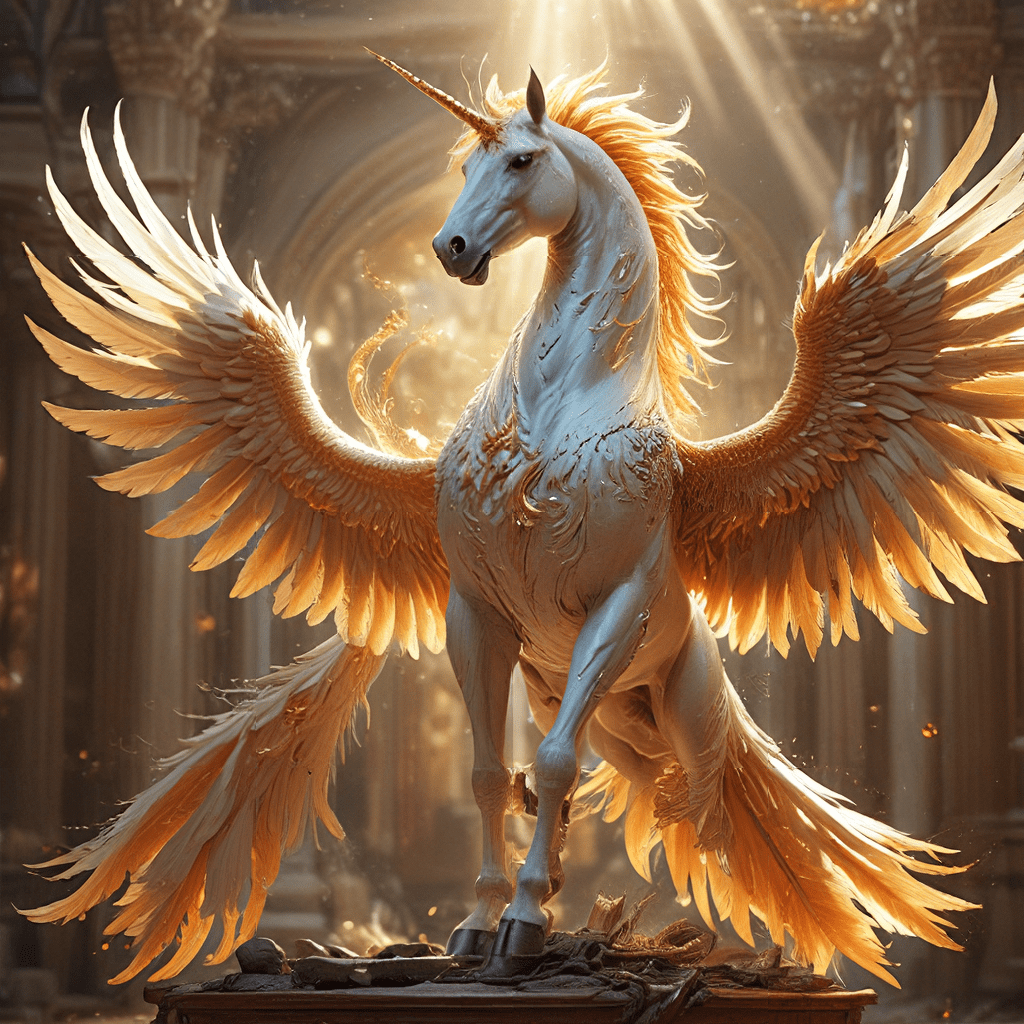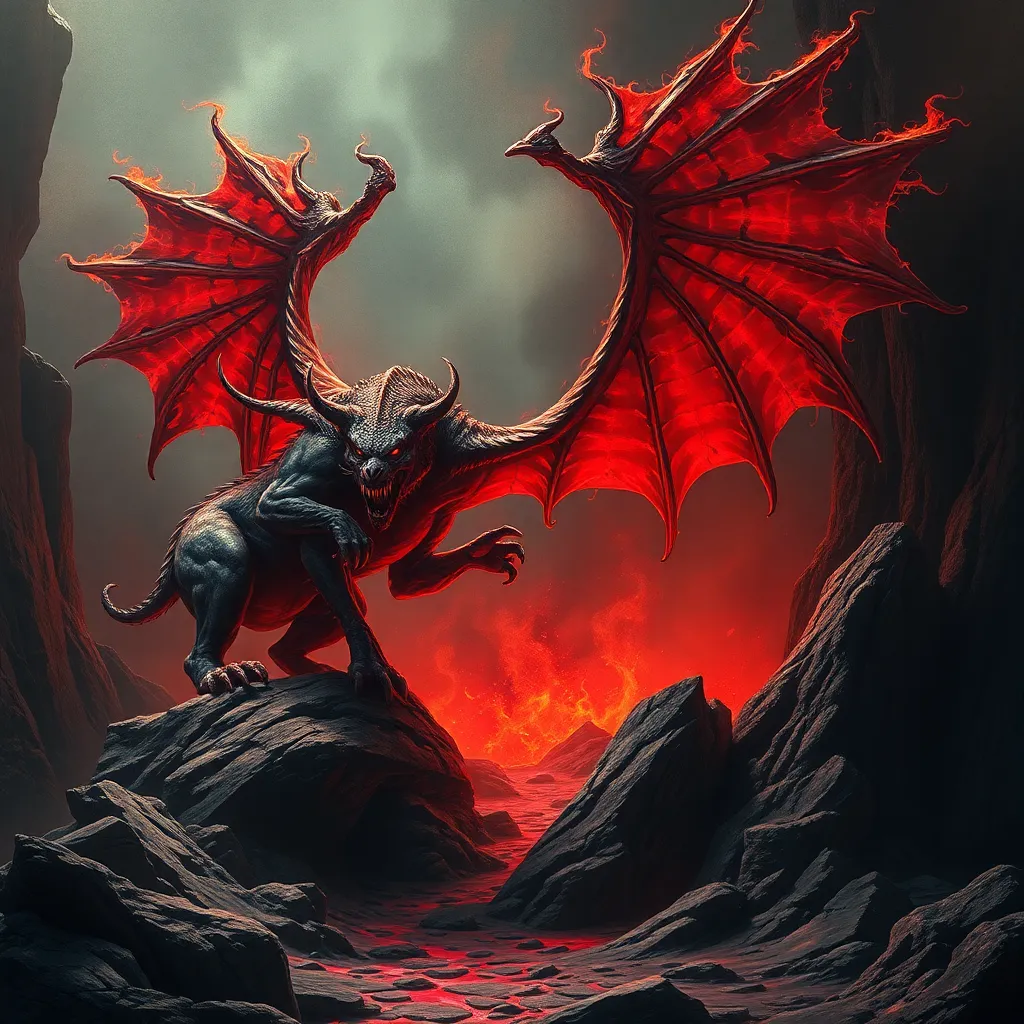The Dragon’s Blessing: Exploring the Positive Aspects of Dragon Lore in Myth and Legend
The Dragon as a Symbol of Power and Majesty
Dragons, those magnificent creatures of myth and legend, have captivated the human imagination for centuries. Often depicted as serpentine beings with powerful wings and fiery breath, dragons are generally perceived as symbols of immense power and majesty. Their presence in countless stories and cultures across the globe underscores their enduring appeal and the profound impact they have had on human thought.
From the ancient myths of China to the medieval tales of Europe, dragons have embodied a range of attributes, both positive and negative. While they are often associated with chaos and destruction, there is also a rich tradition of dragons being revered as benevolent protectors, wise guardians, and even symbols of good fortune.
As we delve deeper into the world of dragon lore, it becomes clear that these mythical creatures represent far more than just fearsome beasts. In many cultures, dragons embody the forces of nature, the power of creation, and the potential for transformation.
Ancient Origins and Cultural Variations
The origins of dragon mythology can be traced back to ancient times, with evidence of dragon-like creatures appearing in the earliest forms of human storytelling. Dragons are found in the mythology of numerous cultures, including those of China, Japan, India, Greece, and Europe. Each culture has its own unique interpretation of the dragon, reflecting its own beliefs, values, and worldview.
In ancient China, dragons were seen as benevolent creatures associated with water, rain, and fertility. The Chinese dragon, often depicted as having a long, serpentine body and four legs, was considered a symbol of power, strength, and good luck. In contrast, the European dragon, often depicted as having wings, scales, and a fierce disposition, was often associated with fire, chaos, and evil.
Despite these differences, dragons share certain common traits across cultures. They are typically depicted as large, powerful, and often intelligent creatures. They are often associated with the elements, particularly fire and water, and are believed to possess supernatural abilities.
Guardians of Treasures and Knowledge
In many legends, dragons are depicted as guardians of treasures and knowledge, protecting these valuable assets from those who would seek to steal or misuse them. This association stems from the inherent power and wisdom attributed to dragons, making them ideal protectors of precious objects and secrets. The concept of the dragon as a guardian is a powerful one, reflecting our deep-seated desire to protect and preserve what is valuable to us.
For instance, in Nordic mythology, the dragon Fafnir guarded the hoard of gold that was stolen from the dwarf Andvari. This story serves as a reminder of the dangers of greed and the importance of protecting what is rightfully ours. Similarly, in the European legend of the dragon guarding the princess, the dragon’s presence ensures the princess’s safety and purity, a testament to the dragon’s role as a protector of virtue.
These stories illustrate the power and importance of the dragon as a guardian, highlighting their role in preserving treasures and wisdom for generations to come.
Dragons as Benevolent Beings
Contrary to the popular image of dragons as fearsome beasts, many cultures depict dragons as benevolent beings who protect humans and nature. In some traditions, dragons are seen as wise and compassionate creatures who offer guidance and support to those in need.
For example, in Welsh mythology, the dragon Y Ddraig Goch is revered as the national symbol of Wales, representing courage, strength, and the spirit of the Welsh people. Similarly, in Japanese mythology, the dragon Ryujin is often depicted as a benevolent deity who controls the seas and protects sailors. These stories illustrate the positive aspects of dragon lore, emphasizing their role as protectors and guardians of humanity and the natural world.
The Dragon as a Source of Wisdom
Dragons in many cultures are not only powerful but also wise. Their longevity and exposure to the world’s mysteries allow them to gain profound insights and knowledge that they can share with those who seek their guidance. They represent a timeless source of wisdom, reminding us that true knowledge comes from experience, contemplation, and a deep understanding of the world.
In Celtic mythology, for example, the dragon is seen as a powerful symbol of wisdom and knowledge. In stories like the Mabinogion, dragons offer their wisdom to heroes and help them overcome challenges. The dragon’s wisdom is often seen as a key to unlocking the mysteries of the world and achieving personal growth.
This concept highlights the importance of seeking guidance from those who have lived longer and experienced more than ourselves. Dragons, in their capacity as wise mentors, show us that knowledge is a continuous process of learning and growth.
Dragons in Mythology as Symbols of Transformation
Throughout history, dragons have been seen as powerful symbols of transformation. Their ability to fly, breathe fire, and change shape has resonated with humans who have long been fascinated with the idea of metamorphosis and personal growth. Dragons embody the potential for change and the journey of self-discovery, inspiring people to embrace their own transformations.
In ancient Chinese mythology, the dragon is a creature of immense power and potential, capable of taking on different forms and transforming into different elements. This transformation represents the power of change and the ability to adapt to new situations. Similarly, in Greek mythology, the dragon Ladon, who guarded the golden apples of the Hesperides, was slain by Hercules. This act of slaying a powerful creature represented the overcoming of obstacles and the transformation from fear to courage.
Dragons, in their capacity as symbols of transformation, remind us that change is an inevitable part of life. They encourage us to embrace the challenges and opportunities that come with growth and to see ourselves as capable of becoming something greater than we are now.
The Dragon’s Breath: Fire as a Force of Creation and Destruction
The fiery breath of the dragon is one of its most iconic attributes. This powerful force represents both the destructive power of nature and the potential for creation and renewal. The dragon’s breath symbolizes the balance between these two forces, reminding us that destruction can lead to new beginnings.
In many cultures, fire is seen as a powerful symbol of creation and destruction. It can be used to cook food, provide warmth, and forge weapons, but it can also be destructive and dangerous. The dragon’s breath embodies this duality, representing both the positive and negative aspects of fire.
In Norse mythology, the dragon Nidhogg, who gnawed at the roots of Yggdrasil, the world tree, symbolizes destruction and decay. However, the dragon’s fire can also be a source of life and renewal. For example, in Chinese mythology, the dragon’s breath is associated with rain and fertility, bringing life to the land. These stories illustrate the duality of fire and the dragon’s ability to embody both destructive and creative forces.
Dragon Slaying: A Test of Courage and Morality
Dragon slaying is a recurring theme in many myths and legends. These stories often involve heroes who must confront their fears and overcome great challenges to defeat the dragon. The act of dragon slaying represents a test of courage, strength, and morality, signifying a triumph over adversity and the potential for personal growth.
The dragon slayer often represents hope and a triumph of good over evil. These stories highlight the courage needed to face our fears, to confront our own inner dragons, and to emerge victorious. For example, in the epic poem Beowulf, the hero Beowulf battles and defeats the dragon, demonstrating courage and selflessness.
Dragon slaying stories often teach lessons about bravery, integrity, and the consequences of our actions. They remind us that overcoming fear and facing challenges can lead to personal growth and a stronger sense of self.
The Dragon’s Influence on Modern Literature and Culture
The dragon’s influence extends beyond ancient myths and legends. Dragons have become enduring symbols in modern literature, film, and popular culture, inspiring countless stories, characters, and themes. From the soaring dragons of Tolkien’s Middle-earth to the awe-inspiring Smaug in the “Hobbit,” dragons continue to capture our imaginations and inspire artists, writers, and creators.
The dragon’s enduring popularity in modern media reflects their timeless appeal as symbols of power, mystery, and beauty. They are creatures that evoke a sense of wonder and inspire us to explore the unknown. In addition, the dragon’s ability to symbolize both good and evil allows for a wide range of narratives, from heroic tales of courage to stories of dark magic and ancient curses.
The dragon’s enduring presence in popular culture speaks to its enduring power as a symbol of both the positive and negative aspects of our human experience.
The Dragon as a Catalyst for Personal Growth and Empowerment
Dragons can also be seen as symbols of personal growth and empowerment. Their immense power and strength inspire us to tap into our own inner strength and to overcome obstacles that stand in our way. The dragon’s journey of transformation can serve as a metaphor for our own personal journeys of growth and self-discovery.
The dragon’s fierce independence and determination can be an inspiration to those who are seeking to break free from limitations and achieve their full potential. Dragons teach us to embrace our strengths, overcome our weaknesses, and to never give up on our dreams.
By understanding the deeper meaning of dragon lore, we can gain valuable insights into our own lives and our place in the world. Dragons inspire us to face our fears, embrace change, and believe in our own potential for greatness.
FAQ
**Q: Are dragons real?**
A: Dragons are mythical creatures and are not real in the literal sense. They are products of human imagination and storytelling, representing our desires, fears, and beliefs.
**Q: What is the most famous type of dragon?**
A: The most famous types of dragons vary depending on cultural context. Some of the most well-known include the Chinese dragon, the European dragon, and the dragon from Norse mythology.
**Q: What does a dragon symbolize in different cultures?**
A: Dragons symbolize a range of things, including power, wisdom, transformation, creation, destruction, and protection. Their specific symbolism varies greatly depending on the culture and the specific dragon being depicted.
**Q: Are all dragons evil?**
A: Not all dragons are evil. While some are portrayed as fearsome and destructive, many cultures depict dragons as benevolent creatures who protect humans and nature.
**Q: What is the meaning of dragon slaying?**
A: Dragon slaying in myth and legend often represents a test of courage, a triumph over adversity, and the potential for personal growth. It symbolizes the overcoming of fear and the ability to confront challenges.



